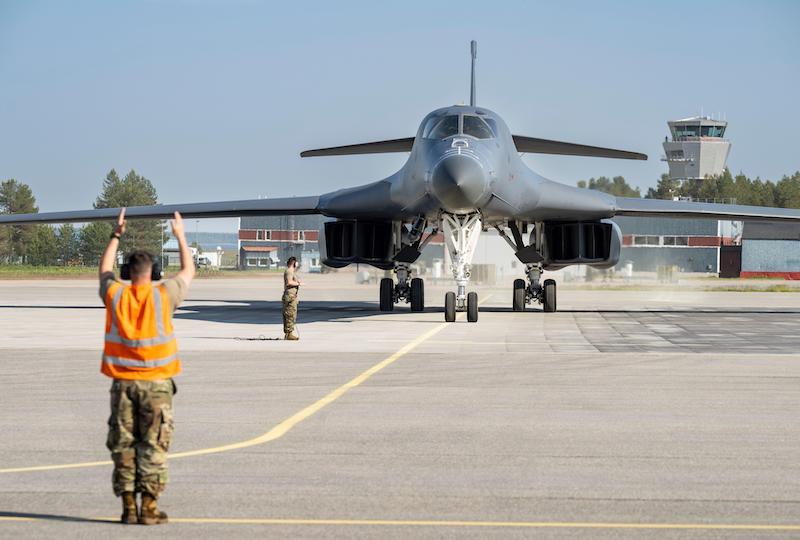
A U.S. Air Force Rockwell B-1B Lancer at the Swedish Air Force base in Lulea, Sweden.
Credit: TT News Agency/Alamy Stock Photo
U.S. armed forces will have access to Swedish airbases as part of a new agreement between the two countries. The Defense Cooperation Agreement (DCA)—signed Dec. 6, but subject to Swedish parliamentary approvals—will enable the U.S. military to exercise and operate in the Nordic country, while...
Subscription Required
This content requires a subscription to one of the Aviation Week Intelligence Network (AWIN) bundles.
Schedule a demo today to find out how you can access this content and similar content related to your area of the global aviation industry.
Already an AWIN subscriber? Login
Did you know? Aviation Week has won top honors multiple times in the Jesse H. Neal National Business Journalism Awards, the business-to-business media equivalent of the Pulitzer Prizes.





